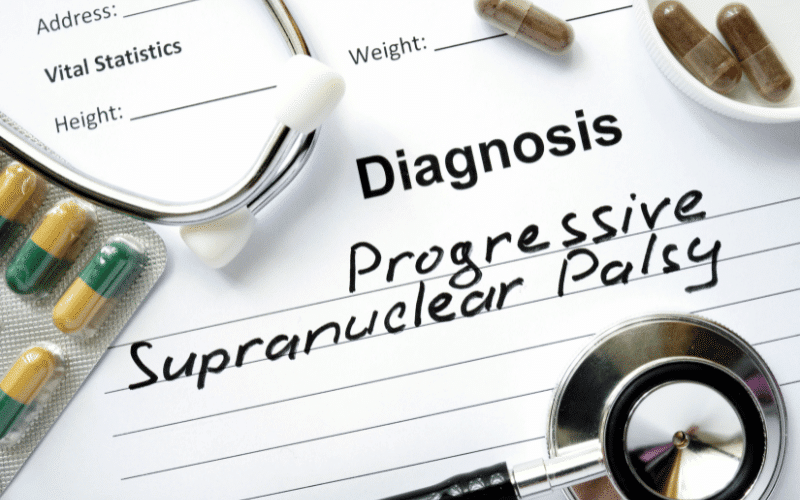Progressive Supranuclear Palsy (PSP) is a complex neurological condition often mistaken for other neurodegenerative disorders due to its overlapping symptoms. Still, accurate understanding and timely recognition of PSP are crucial for suitable management and care. Let’s delve deeper into the progression of this condition through its four distinctive stages.
Introduction: The Enigma of Progressive Supranuclear Palsy

Progressive Supranuclear Palsy is a brain disorder that alters numerous bodily functions and capabilities. It primarily affects movement, balance and walking control, speech, swallowing, and vision. Concurrently, it also influences mood and behavior. The term ‘supranuclear’ denotes the specific region in the brain majorly impacted, whereas ‘palsy’ reflects the movement issues and weakness typical of this disorder. Early recognition of its signs and symptoms can play a pivotal role in improving the patient’s life quality.
We will traverse through the journey of PSP, starting from its onset and leading up to the severe stage. The purpose of this exploration is not only to educate but also to shed light on the nuanced progression of this disorder.
Before delving into the specifics of each stage, it’s crucial to understand the overall concept of stages in PSP. The idea of categorizing this disease progression into stages is to create a roadmap that can guide both caregivers and medical professionals. It helps in predicting possible symptoms and planning appropriate care strategies ahead of time.
Typically, PSP is divided into four main stages. Each stage represents a different phase of the disease and comes with a unique set of symptoms. The four stages are not strictly defined time frames; instead, they are more like broad spectrums of the disease’s progression. They help in understanding the severity and progression of the condition but are not intended to be hard and fast phases with definitive borders.
Stage 1: The Subtle Shift

The initial phase of Progressive Supranuclear Palsy is characterized by an almost imperceptible shift in personality and physical abilities. This stage is often mistaken for the natural aging process or the onset of other neurodegenerative conditions, making it a challenging phase for diagnosis.
The symptoms are often mild and inconspicuous during this phase. Many patients experience subtle changes in their mood and behavior. They might show signs of depression, apathy, or increased irritability, which can be easily dismissed as mood swings or stress-related responses.
The physical changes in the early stage are equally nuanced. Patients may encounter difficulty with balance, leading to unexpected and unexplained falls. They might find it challenging to negotiate stairs or curbs, or they may frequently stumble without any apparent reason.
In many cases, a distinctive sign of PSP during this stage is the difficulty in eye movements, especially looking downward. This feature might not seem significant initially, but it holds immense diagnostic value. The problem is often described as a blurring or doubling of vision when the person attempts to focus on objects located below eye level.
Cognitive changes at this stage, if present, are often slight. There could be minor memory lapses, difficulty in multi-tasking, or a slightly decreased ability to organize and plan. However, these changes are often not severe enough to interfere with daily life significantly, making them easy to overlook. (1)